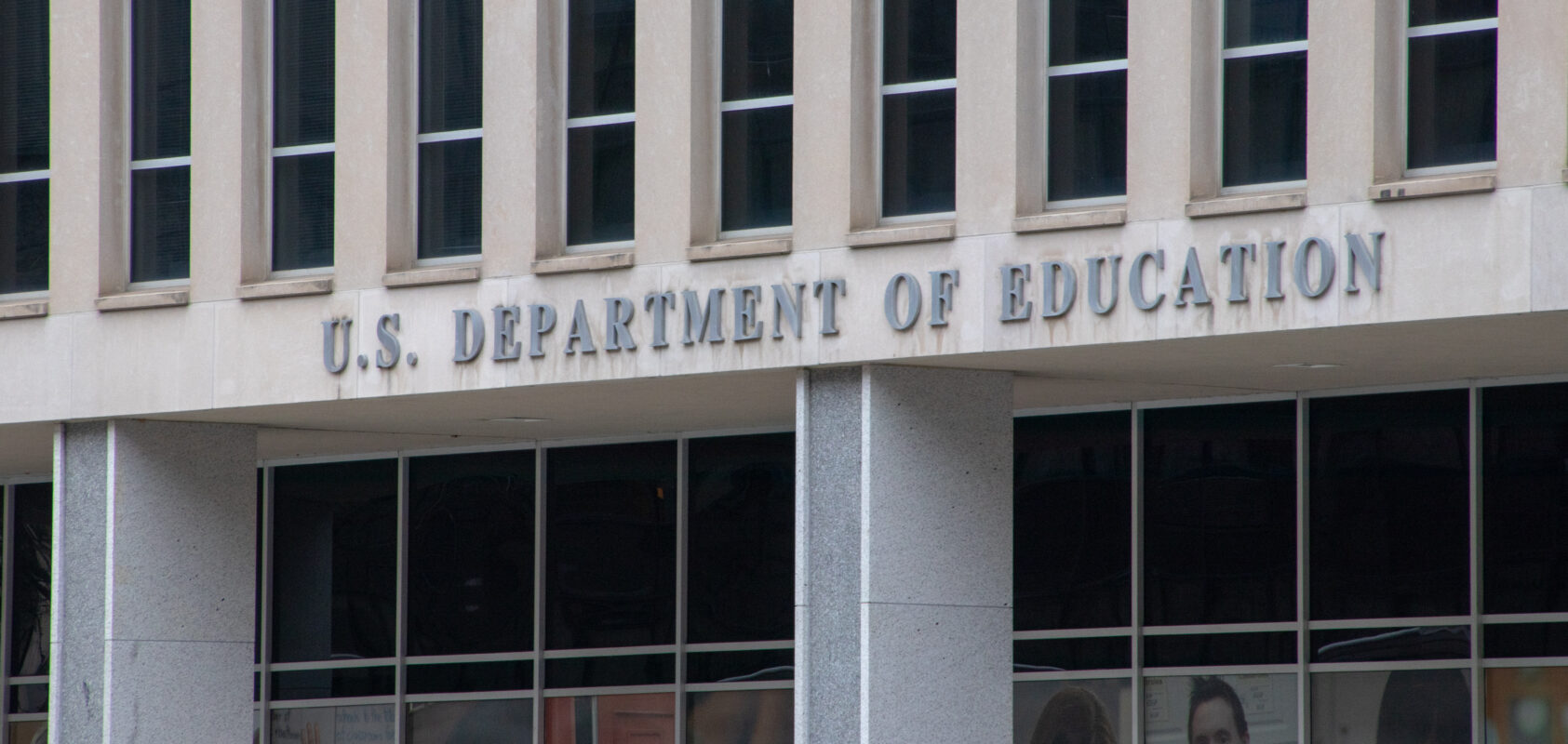This past weekend, Congress passed and the president signed a continuing resolution (CR) to fund the government through March 14, 2025. This CR was a scaled-back version that was first agreed to last week by the Republican and Democratic leadership in the House of Representatives. When the deal fell apart last Wednesday, it looked like a government shutdown was looming. However, Congress passed a CR that contains $110 billion for hurricane relief and an extension of the farm bill. The rest of the CR is almost identical to last Thursday’s failed package, which includes funding for community health centers through March 31. It also would extend waivers for telehealth in Medicare and hospital-at-home programs through the end of March.
It would also delay cuts to disproportionate share hospitals, which care for a large number of low-income patients, until April 1. The Affordable Care Act called for the cuts, but Congress delayed them from taking effect.
The package taps the Medicare Improvement Fund to help pay for some of the three-month extenders.
Several provisions that were part of the prior agreement with Democrats are no longer in the bill, including:
- An extension of rules allowing high-deductible health plans to cover telehealth before patients hit their deductibles, a move that would impact access to virtual care for tens of millions of Americans.
- Reauthorizations of the Substance Use-Disorder Prevention that Promotes Opioid Recovery and Treatment (SUPPORT) Act to fight the opioid epidemic and the Pandemic and All-Hazards Preparedness Act.
- An overhaul of drug patent rules to address “patent thickets,” or overlapping patents that critics have said stifle competition.
- An extension of an incentive program to develop rare drugs for children.
- An overhaul of pharmacy benefit managers (PBMs) that would have delinked the reimbursement PBMs receive in Medicare from the list price of drugs, and cracked down on so-called “spread pricing” in Medicaid. It would also have added transparency requirements for PBMs in the commercial market.
- A 2.5 percent boost to Medicare reimbursements for doctors to help offset a 2.83 percent cut finalized by the Centers for Medicare and Medicaid Services for 2025, and an extension through 2027 of a 3.53 percent boost for physicians participating in an alternative payment model.
- Potential building blocks for changing the way Medicare reimburses hospital services—a unique national provider identifier for claims to indicate whether care was delivered in an outpatient setting. The provision would have laid the groundwork for equalizing what the government pays hospitals and outpatient clinics for the same services.
While it is disappointing that the final CR did not include the Medicare Audiology Access Improvement Act, the Academy will work diligently with the 119th Congress to pass this necessary bill.
Recent Posts
Your Support Makes the Difference—Let’s Finish the Year Strong
As we wrap up the year, I want to thank you for your generosity supporting the AAA Foundation’s work. The enclosed report highlights what you…
Audiology Faces New Challenges Under Draft Federal Loan Rule: What Comes Next
Member Action Needed Soon! The U.S. Department of Education’s Advisory Committee has reached consensus on proposed regulations implementing the higher education provisions of the One…
Unlock the True Worth of Your Expertise
New Amplify Your Value Track at AAA 2026 Designed for audiologists and practice leaders, our new Amplify Your Value track empowers you to rethink how…


